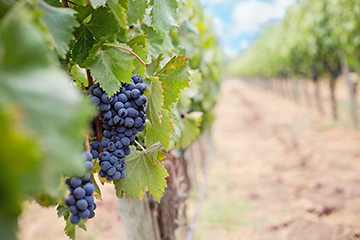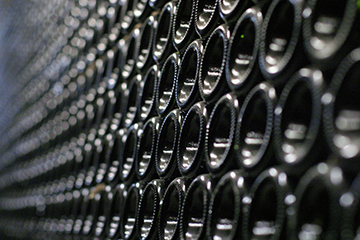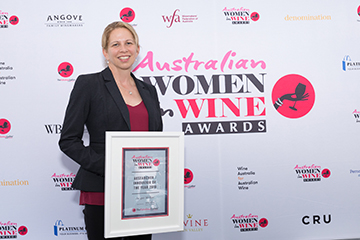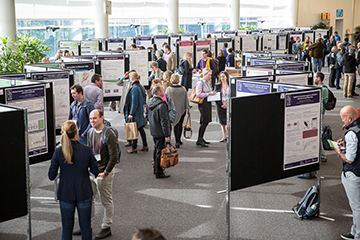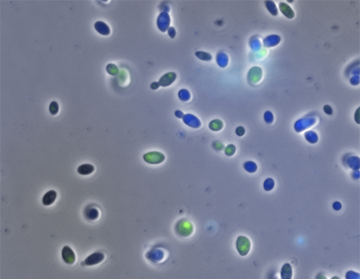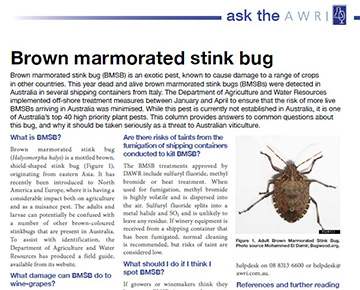Order the latest AWRI staff publications online
Accessing the latest AWRI publications is easy. Visit the AWRI Publications web page to:
- View the 10 most recent AWRI staff publications and order the articles online from the AWRI Library
- Search the staff publications database
- Read the full-text of ‘Technical Notes’ from Technical Review (PDF format)
- Read the full-text of ‘AWRI reports’ published in Wine & Viticulture Journal (PDF format).
- Read the full text of ‘Ask the AWRI’ and ‘Vineyards of the world’ columns
A list of AWRI publications published since the last eNews is included below:
2031 Moran, M., Petrie, P., Sadras, V. Late pruning and elevated temperature impact on phenology, yield components and berry traits in Shiraz. Am. J. Enol. Vitic. DOI: 10.5344/ajev.2018.18031: 1-25; 2018.
2032 Mierczynska-Vasilev, A., Mierczynski, P., Maniukiwicz, W., Visalakshan, R.M., Vasilev, K., Smith, P.A. Magnetic separation technology: Functional group efficiency in the removal of haze-forming proteins from wines. Food Chem. 275: 154-160; 2018.
2033 Chen, L., Capone, D.L., Jeffery, D.W. Identification and quantitative analysis of 2-methyl-4-propyl-1,3-oxathiane in wine. J. Agric. Food Chem. 66 (41): 10808-10815; 2018.
2034 Mierczynski, P., Mierczynska, A., Ciesielski, R., Maniukiewicz, W., Rogowski, J., Maniecki, T.P., Dubkov, S., Sysa, A., Gromov, D., Szynkowska, M.I., Vasilev, K. Modern Ni and Pd-Ni catalysts supported on Sn-Al binary oxide for oxy-steam reforming of methanol. Energy Technol.6 (9): 1687-1699; 2018.
2035 Essling, M. Ask the AWRI: Using composted grape marc in the vineyard. Aust. N.Z. Grapegrower Winemaker (656): 48-49; 2018.
2036 Cowey, G. Ask the AWRI: Winemaking with high pH, high TA and high potassium fruit. Aust. N.Z. Grapegrower Winemaker (657): 80-81; 2018.
2037 Wilkes, E. Practical measurement of total SO2 in wine. Wine Vitic. J. 33 (4): 32-34; 2018.
2038 Coulter, A., Cowey, G., Petrie, P., Essling, M., Holdstock, M., Simos, C., Johnson, D. Vintage 2018 – observations from the AWRI helpdesk. Wine Vitic. J. 33 (4): 39-41; 2018.
2039 Pearson, W., Schmidtke, L., Francis, L., Blackman, J. Provenance, preference and Pivot: exploring premium Shiraz with international sommeliers and Australian winemakers using a new rapid sensory method. Wine Vitic. J. 33 (4): 35-38; 2018.
2040 Dry, P. Pinot Blanc. Wine Vitic. J. 33 (4): p. 65; 2018.
2041 Varela, C., Schmidt, S.A., Borneman, A.R., Pang, C.N.I., Kromerx, J.O., Khan, A., Song, X.M., Hodson, M.P., Solomon, M., Mayr, C.M., Hines, W., Pretorius, I.S., Baker, M.S., Roessner, U., Mercurio, M., Henschke, P.A., Wilkins, M.R., Chambers, P.J. Systems-based approaches enable identification of gene targets which improve the flavour profile of low-ethanol wine yeast strains. Metabolic Eng. 49: 178-191; 2018. |


